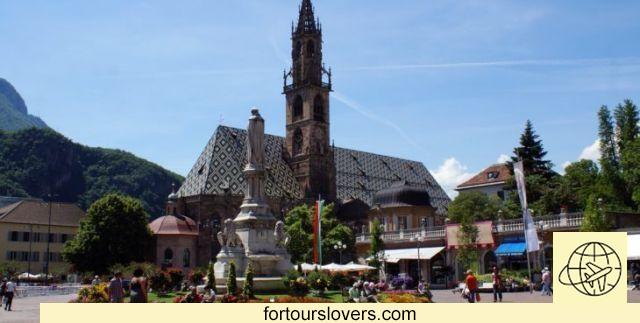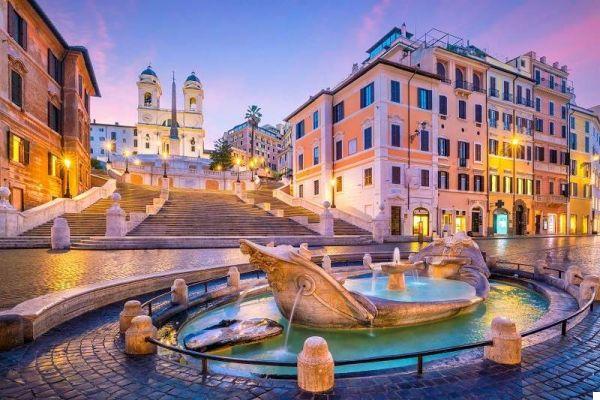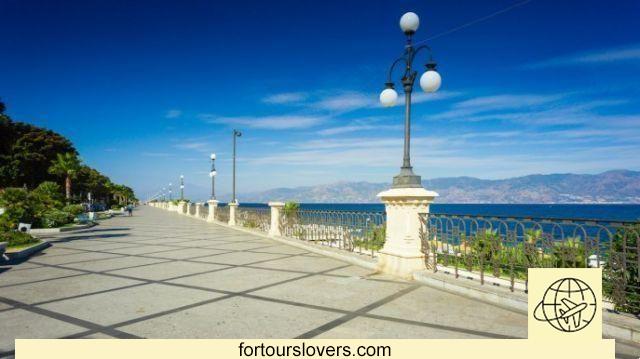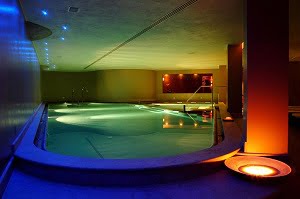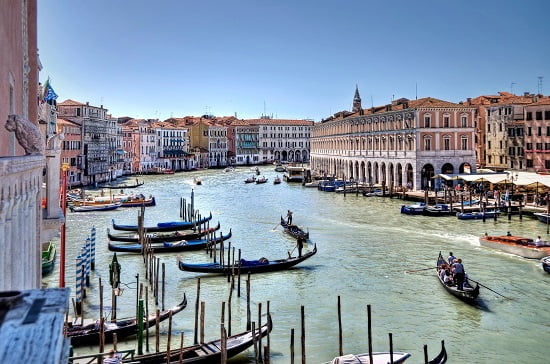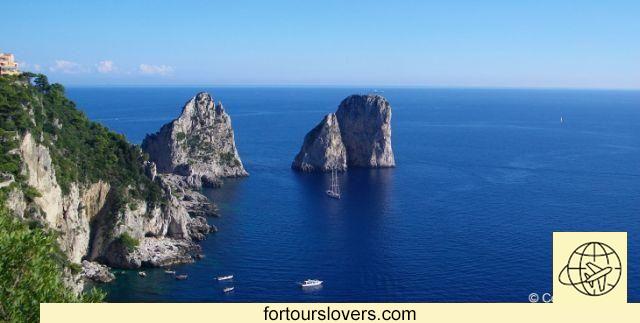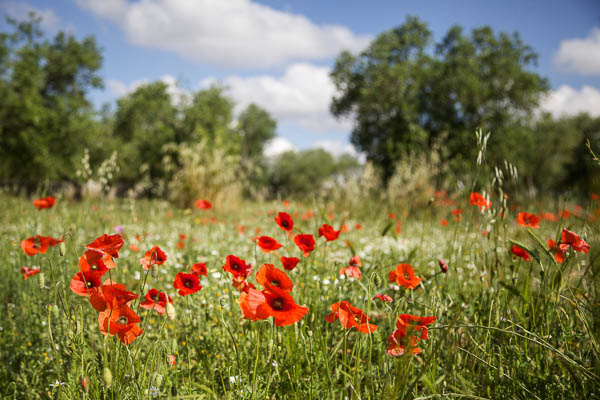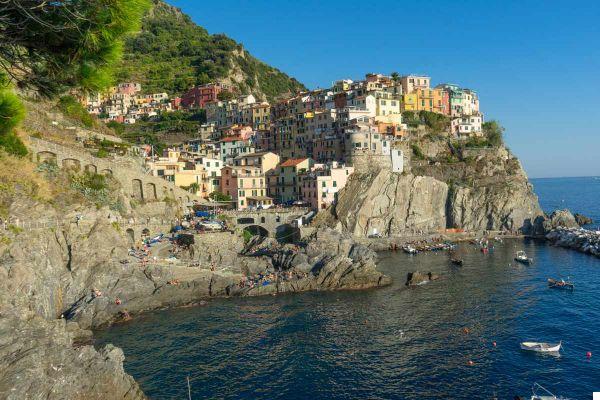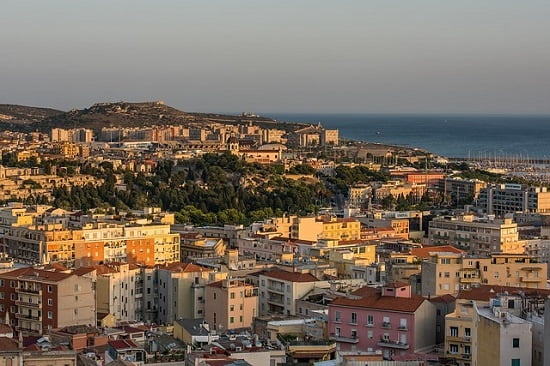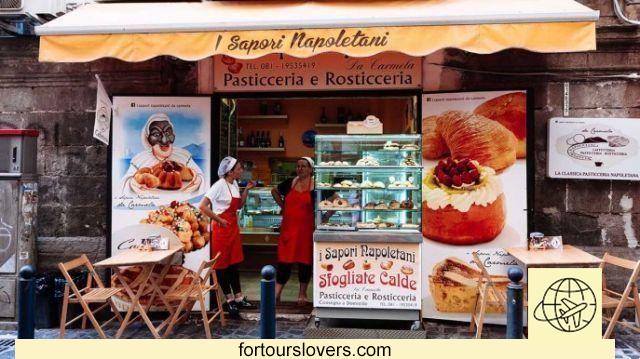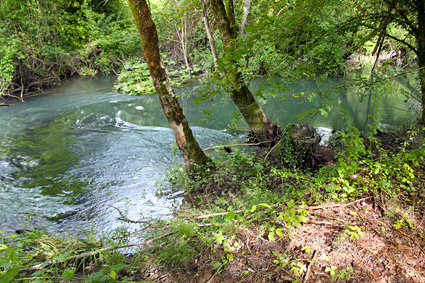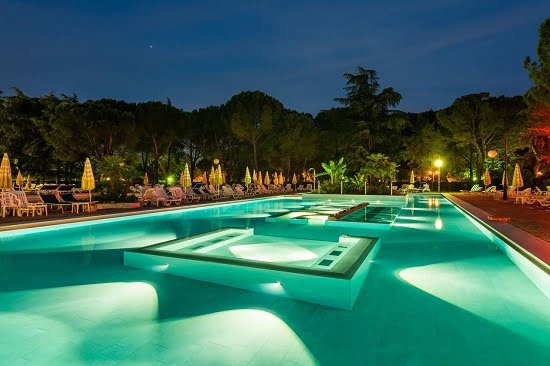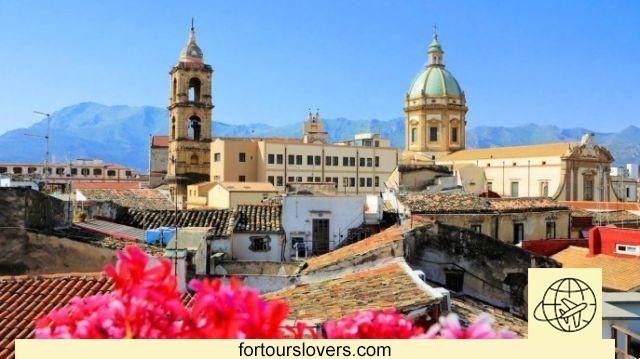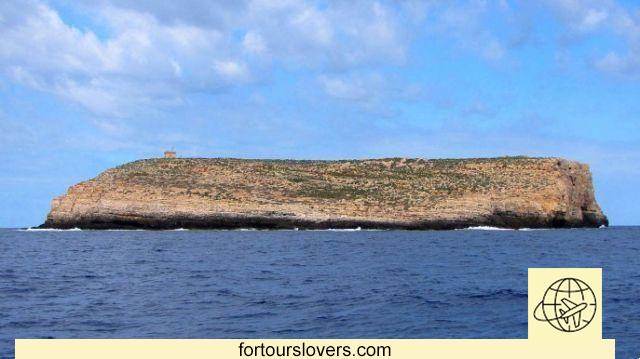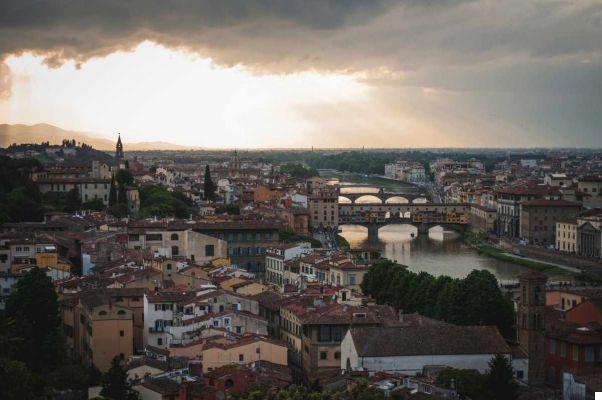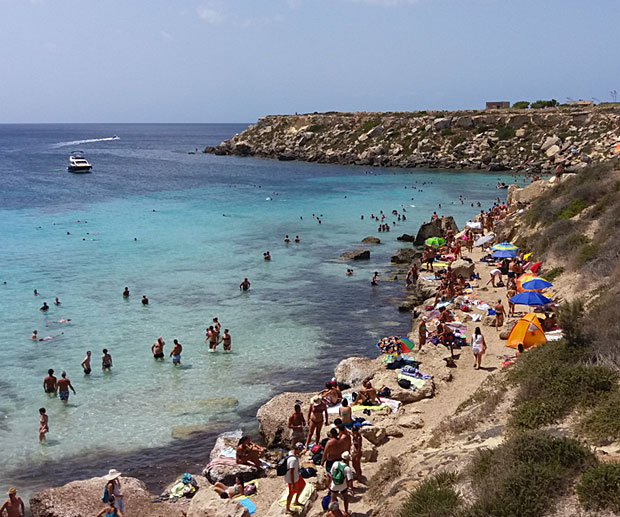Immersed in the greenery of a wood of centuries-old holm oaks, theHermitage of the Prisons it is one of the most sacred places of San Francesco in Umbria.
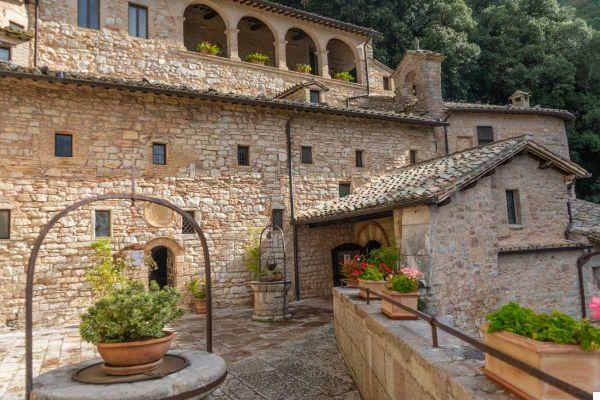
The memories I had on this sacred place are linked to my childhood: as a child my grandmother took me a few days every year to Assisi and the Eremo delle Carceri was an unmissable stop.
I have very sweet memories of those years, which I would like to write about, but I won't bore you. Just know that when I decided to take a trip to Umbria this year, theHermitage of the prisons was highlighted three times on my list of places to visit.
Often this place is kept off the tourist trail, but please trust me and absolutely go there, you will not be disappointed.
Personally I am very happy to be back and I am happy to have found it exactly like 30 years ago, when I was a little girl: one of the few places in life that seems to stand still in time. Today I found it exactly the same as then.
The hermitage of prisons it is a corner of peace, silence and prayer and it is a stop not to be missed during a stay in Assisi and that is why I have decided to leave you a series of useful information to organize your visit in the best possible way.
The first advice, however, I give you immediately: go early in the morning, before the tourist buses arrive. Not only that, in the morning, the light is special, it is the moment when you will really enjoy it to the fullest.
Caution: here since the 200th century people have lived in silence and prayer. Visitors are asked to have an attitude of respect by collecting the message that comes from this place.
- 1 - What is the Eremo delle Carceri
- 2 - The Hermitage of the Prisons and San Francesco
- 3 - Stories and miracles at the Eremo delle Carceri
- 4 - Where it is, How to get there and Parking
- 5 - What to see at the Eremo delle Carceri
- 6 - Timetables and Information
What is the Eremo delle Carceri
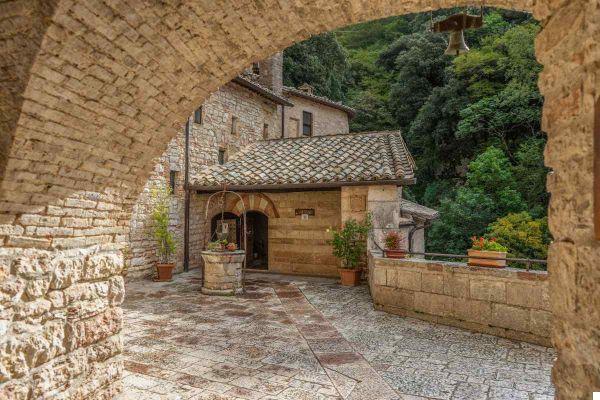
The Eremo delle Carceri, with its chapels and cloister, peacefully isolated on the densely wooded slopes, preserve the quiet and contemplative air loved by St. Francis.
In addition to the atmosphere, the Hermitage is worth a visit for its medieval architecture and art and several sites linked to episodes from the life of the Saint.
The Eremo delle Carceri is an ancient hermitage on the Mount Subasio, just 4 km from Assisi, where St. Francis and his companions went to devote themselves exclusively to prayer.
Although the name may mislead you, the term "prisons" has nothing to do with a prison, but derives from the Latin. The word carceres, in fact, indicated a secluded and solitary place.
From this derives the expression "imprisonment" referring to monks who isolated themselves from the rest of the world to give themselves totally to prayer.
From the fourteenth century the friars began to settle here permanently, living in very poor conditions.
In 1400 on the impulse of San Bernardino of Siena the small Church and the Choir, the Refectory and the Dormitory with 6 cells were added to the body of the Hermitage. Other buildings were erected in later times.
Over the centuries, many friars have lived here, some of whom, such as Blessed Antonio da Stroncone, Blessed Francesco da Pavia and San Giacomo della Marca were recognized for their holiness of life.
The Hermitage of the Prisons and San Francesco
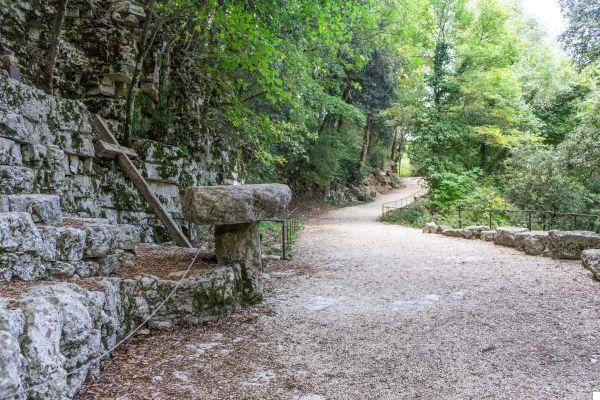
This hermitage was initially ceded by the Municipality of Assisi to the Benedictine monks who, in 1215, donated it in turn to San Francesco.
The Saint of Assisi had been visiting the place sporadically for some time.
When the hermitage was donated to Francesco, the Chapel of Santa Maria already stood here, but it expanded considerably over the centuries.
Between 1217 and 1221, Francis wrote the Rule of life in the hermitages in which he indicated the behaviors that a friar must necessarily have if he wanted to retire in prayer in these places of silence.
The Eremo delle Carceri is strongly linked to the figure of the Saint and tradition attributes numerous miracles to him in this very place: just think that the famous Preach to the Birds it is attributed to this place, near a sacred holm oak, even if in reality historical sources place it in Piandarca, outside the municipality of Assisi.
Stories and miracles at the Eremo delle Carceri
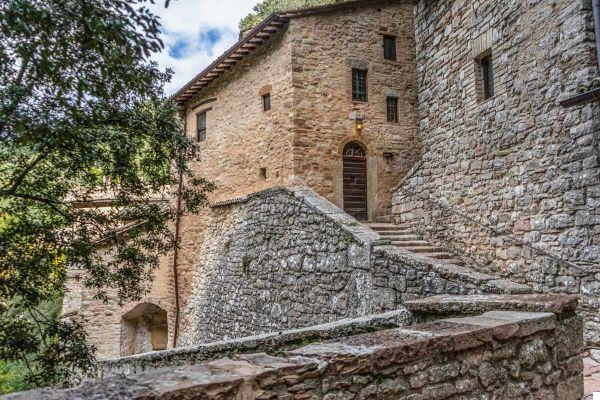
Tradition says that below the Sanctuary there was a river, today simply a ravine, which St. Francis miraculously dried up so as not to disturb the prayers of the friars.
Inside the Grotta di San Francesco you can easily notice a hole from which you can see the ravine. It is said that this was caused by the devil when he fell ruinously chased away by Rufino, one of the dearest companions of the Saint of Assisi.
Finally, another legend tells that the well visible in the cloister was built on the precise point where St. Francis miraculously made water gush out.
Where it is, How to get there and Parking
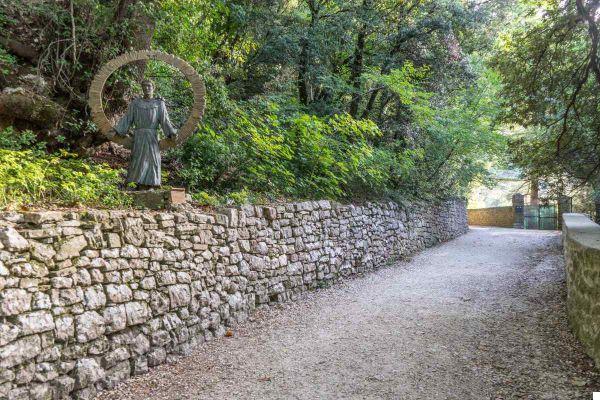
If you have decided to visit the Eremo delle Carceri, know that it is only 4 km from Assisi but the most convenient way to get there is by car or taxi. Alternatively, pilgrims walk the road.
When I visited it, there were no buses leading up to it.
The convent is built in a very suggestive position, about 800 meters above sea level, on the slopes of Mount Subasio and immersed in a luxuriant forest of holm oaks.
If you reach the Hermitage by car you will have to drive on the SS E45, exit at Assisi and then leave the car in the Matteotti car park. From here you can continue on foot or take a taxi.
Alternatively, you could continue with your car to the Hermitage, but there are not many car parks: go early in the morning so you can find a place.
What to see at the Eremo delle Carceri
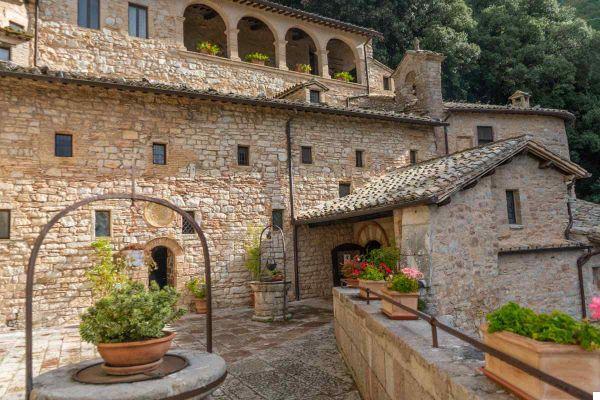
As I told you at the beginning, the Hermitage has expanded little by little. Its core was composed of the Chapel of Santa Maria and from cave today called of San Francesco.
The first enlargement works date back to 1378 when a dormitory and a canteen were built.
Observing the hermitage from below it seems absurd that man really managed to build in such a place. The ingenuity of the friars helped to create a truly extraordinary architectural work.
The visit to the Eremo delle Carceri starts from a child cloister, in what is considered the new part of the complex.
From there you reach the refectory. Then it's time to go down to the Grotta di San Francesco.
Below I try to explain better what to see at the Eremo delle Carceri following the most important stages of the route.
The Cloister
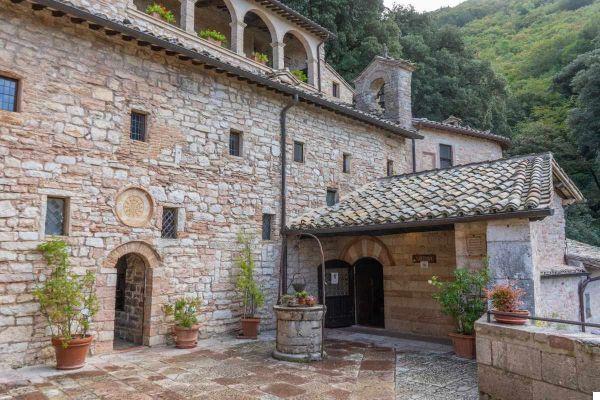
From the parking lot you will have to walk a short distance on a dirt road among the holm oaks, until you reach the Sanctuary.
An entrance gate and a short tunnel lead into an open courtyard called the Cloister.
The Cloister is characterized by the famous Well of San Francesco, a place where, it is said, that St. Francis miraculously made the water gush out.
Also noteworthy in the cloister is the monogram of San Bernardino da Siena, engraved with the initials IHS (the name of Jesus Savior of Men) inside a solar disk.
From the terrace you can enjoy a beautiful view of the immense Umbrian landscape: here you will surely be able to understand why hundreds of friars, over the centuries, have chosen to retire in prayer in this place where Nature reigns supreme.
As soon as you cross the entrance, on your right you will find a small secretariat, where you can get information about the Sanctuary and a small brochure with an explanation of the things to see.
The Convent
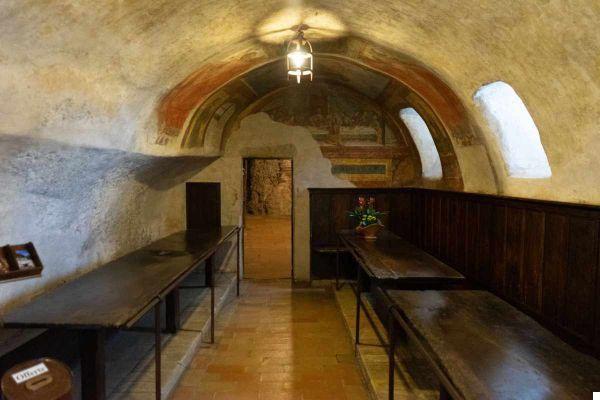
Continuing you enter the small convent. The first room you visit is the refectory. Above you will be able to see the cells of the friars (at the moment I could not visit them, during my last visit they were closed to the public).
The dormitory and the refectory date back to 1400: here the friars ate their meals together and slept in very poor houses leaning against the rock.
Everything here speaks of the essential, of prayer and of a life devoted to simplicity.
Oratory of Santa Maria delle Carceri
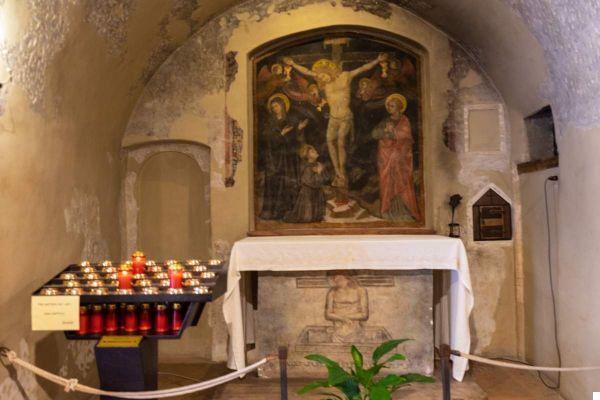
Leaving the refectory, turn left to enter the church of San Bernardino and then in the church of Santa Maria delle Carceri
Inside you will surely notice a fresco that represents the Saint of Assisi in prayer in front of the Crucifix.
From the church you then enter the ancient oratory of S. Maria, whose name was given by San Francesco and is the heart of the Hermitage.
Here, in fact, the small community met in moments of prayer and common life.
This place has been the spiritual center of the Hermitage since the beginning and has always been guarded by the Friars with great love and devotion.
Note absolutely thefresco of the Madonna enthroned with Child. This place has been the spiritual center of the Hermitage since the beginning and has always been guarded by the Friars with great love and devotion.
The Grotto of San Francesco
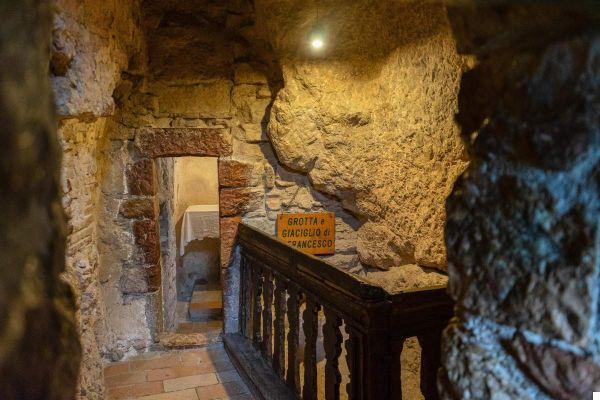
After visiting the Chapel you will be able to descend a steep staircase that leads to the Grotto of San Francesco. Here, the Saint rested lying down directly on the bare stone.
It is actually a large natural cave, now divided into two parts.
Here you will be able to observe its simple bed, going down a small flight of stairs carved into the stone and with rather narrow but very suggestive passages.
The secular holm oak
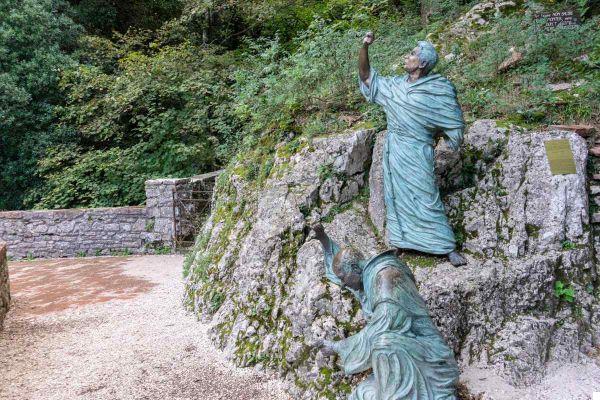
Leaving the cave you will surely notice a large tree supported by an iron harness: it is a centuries-old holm oak.
Some say this is the tree of St. Francis' famous preaching to the birds, but numerous historical sources disprove it. It is believed that this, in fact, took place in Piandarca, outside the Municipality of Assisi.
It is also true, however, that these sermons were repeated several times during the life of the Saint in different places.
At the beginning of the gravel path that leads to the numerous paths in the woods there are statues of a contemporary author representing three friars admiring the starry sky.
They are the completion, revised in a modern key, of the hymn that rises to God, Father of Life and Beauty, who gave us "the sky and the clear stars, Brother Sun and Sister Moon ..."
The Grotto of Frate Leone
Some paths in the woods start from the holm oak and you can decide, if you have time, to set out on a silent and meditative walk.
Entering the woods, in fact, you will be able to visit the caves of the other friars companions of Francis.
Among these you will find the Grotto of Friar Leone, favorite companion of the Saint of Assisi who often defined him as an example of "simplicity and purity".
Altar of San Francesco
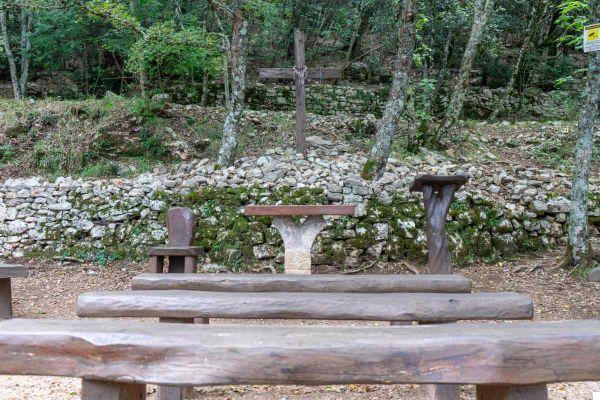
Along the path in the woods you will see several paths branching off. One of these leads toAltar of San Francesco: you can't miss it, the deviation on the main path is well marked.
Chapel of St. Mary Magdalene
Here is buried fra Barnaba da Terni, the founder of the "Monte di Pietà" of Perugia, according to whom those who, finding themselves in difficulty, could receive a loan without interest, leaving a pledge on deposit.
Timetables and Information
To know the initiatives and proposals at the Eremo delle Carceri you can contact directly via email: eremodellecarceriassisi@gmail.com or call 075 812301.
The entrance to the Sanctuary and the guides of the friars are free.
Opening Hours
Open on weekdays
6.30 - 18.00 (daylight saving time: 6.30 - 19.00)
Open on holidays
7.30 - 18.00 (daylight saving time: 7.30 - 19.00)
For everyone else times (including those of the Holy Mass and Prayer) visit the official website at this link.




